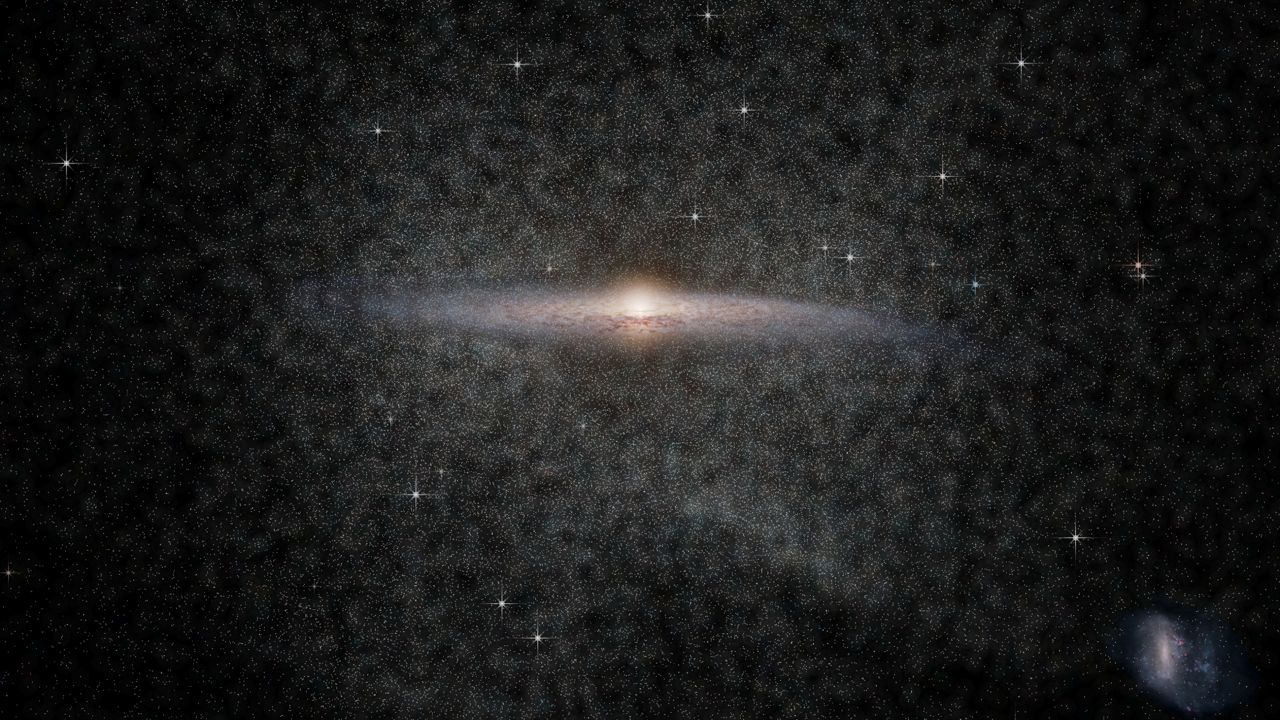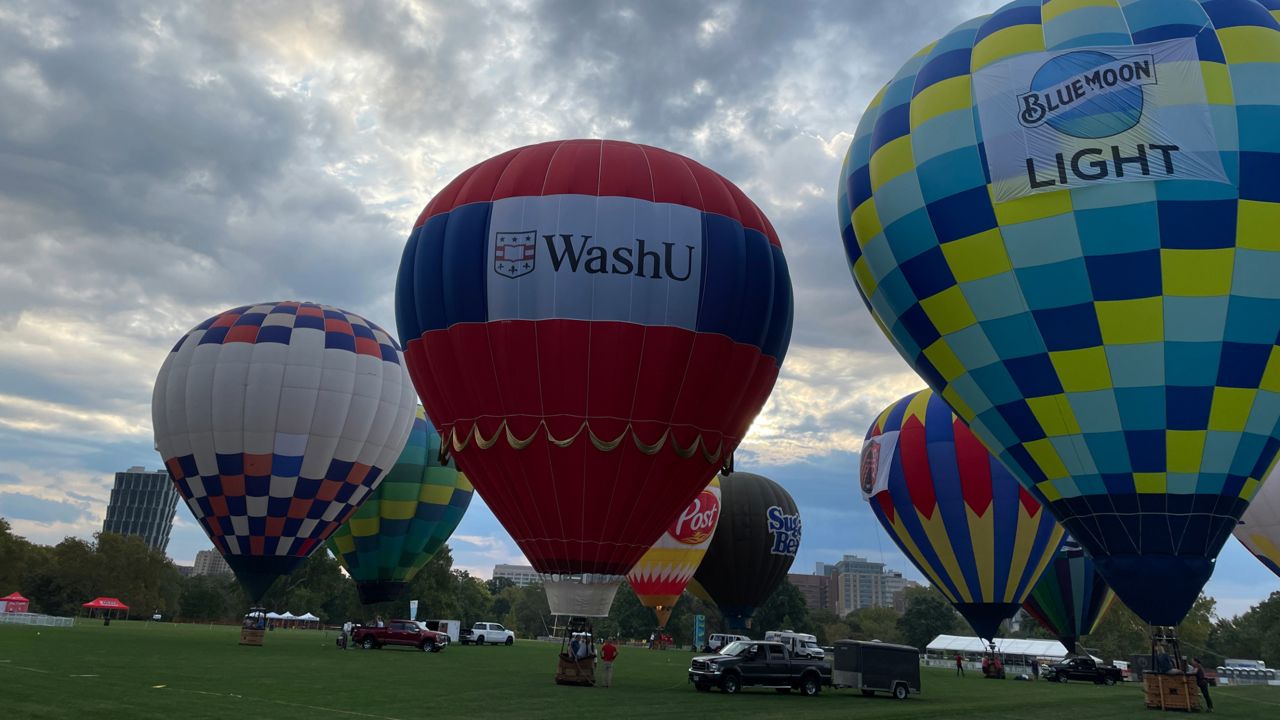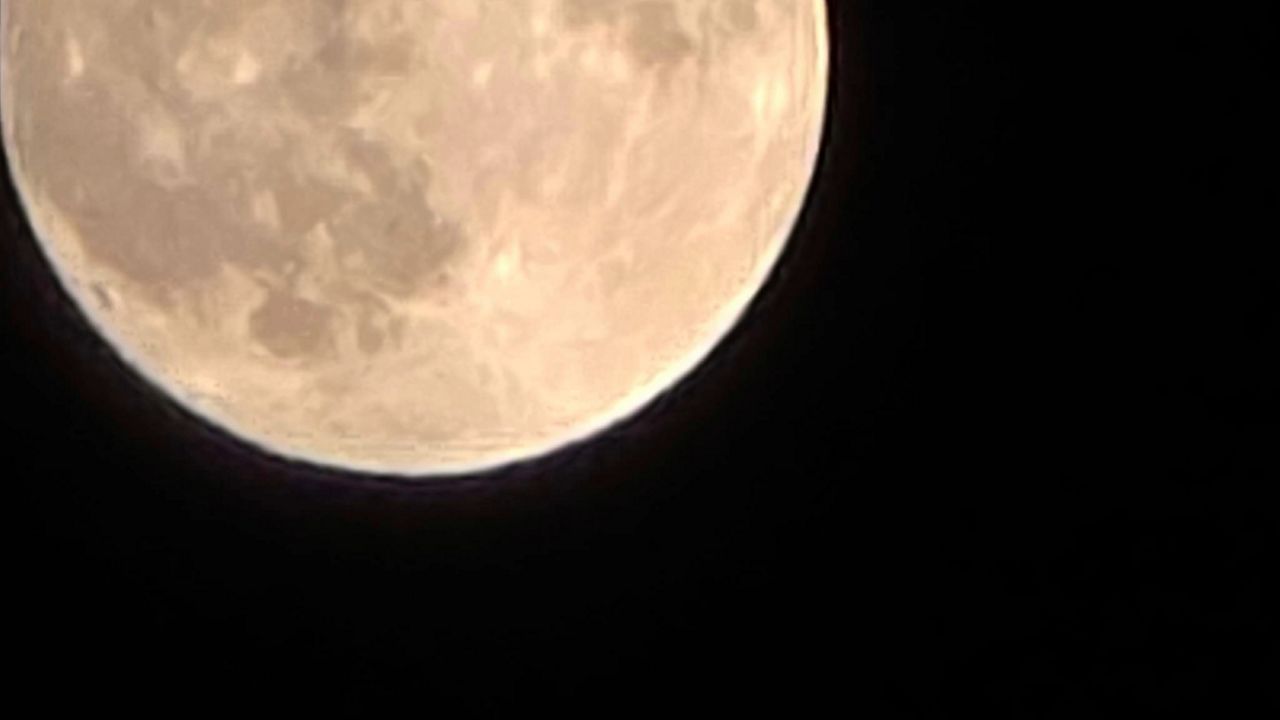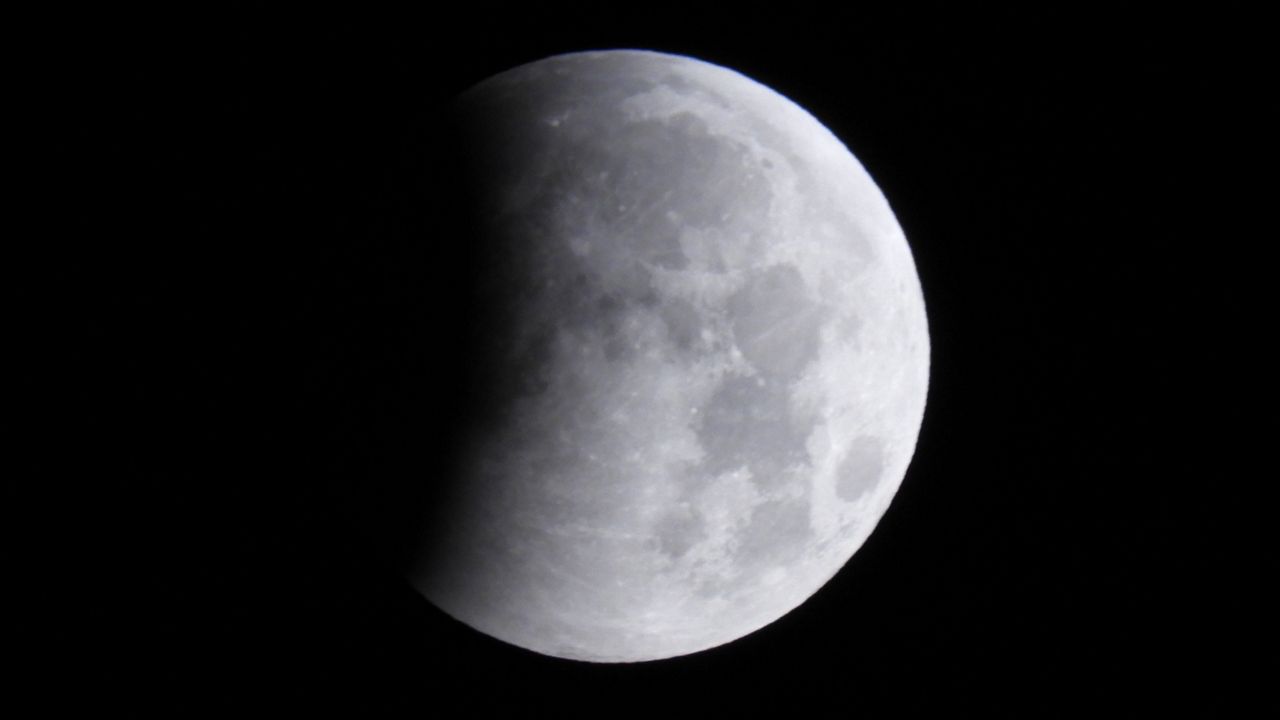The Milky Way's last major collision happened much later than researchers previously thought, according to a new study.
A team of astronomers and researchers at Rensselaer Polytechnic University published their findings in the Monthly Notices of the Royal Astronomical Society, suggesting the last major collision of the Milky Way and another galaxy occurred approximately 3 billion years ago. It was previously thought, according to the study, that the last significant collision occurred between 8-11 billion years ago.
An RPI release says this discovery was due to the Gaia spacecraft, a European Space Agency craft mapping starts throughout the Milky Way and beyond. The new study focuses on what are called "wrinkles" in the Milky Way, formed in collisions with other galaxies.
"By looking at how these wrinkles dissipate over time, we can trace when the Milky Way experienced its last big crash – and it turns out this happened billions of years later than we thought," said Dr. Tom Donlon, a University of Alabama researcher who used the new study as his doctoral thesis at RPI.
"New wrinkles of stars form each time the stars swing back and forth through the center of the Milky Way," said Dr. Heidi Jo Newberg, a RPI professor of astronomy. "If they’d joined us eight billion years ago, there would be so many wrinkles right next to each other that we would no longer see them as separate features."
The study's findings say the stars from the galaxy collision may have come from the Virgo Radial Merger, which the ESA says took place less than 3 billion years ago. They were previously believed to have come from the Gaia-Sausage-Enceladus, another significant galaxy collision with the Milky Way.








